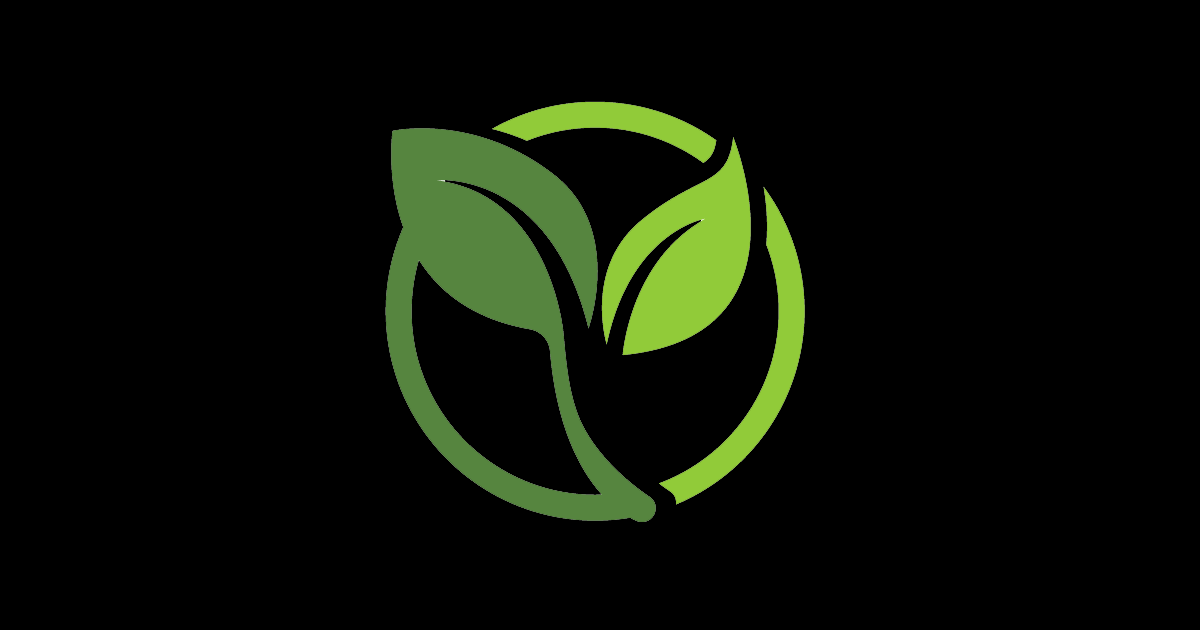The strategies and knowledge to advance a change from planning to achieving goals and outcomes.

To accelerate making change happen, this process, the key characteristics of the Social Movement Action (SMA) Framework and two of the action cycle phases of the Knowledge-to-Action (KTA) Framework can be applied as complementary frameworks. The key characteristics include: Urgent need to take action; Framing; Emerging leaders; Intrinsic motivation; Individual and collective action; Public visibility; Collective identity; Momentum; Networks of people and resources and Core leadership structures. The two action cycle phases relevant to this timepoint in change include “Select, tailor implement interventions” and “Monitor knowledge use”.
Three of the relevant framework components are highlighted below. For more details on each component, see the framework pages.
Mobilizing staff to address environmental issues
A group of volunteers, staff and physicians from St. Joseph’s Healthcare Hamilton, an acute care facility in Hamilton, Ontario, Canada engaged in a social movement to address environmental issues. This was due in part to the intrinsic motivation of these individuals and their collective energy for change.

Building a collective identify for knowledge uptake and sustainability
RNAO's Best Practice Spotlight Organization (BPSO) program has integrated a collective identity of knowledge champions to advance evidence uptake and sustainability.

Implementing effective interventions for drug and alcohol use using SBIRT
Evidence-based interventions to support the development of a screening, brief intervention and referral to treatment (SBIRT) for persons who use drugs and alcohol.

Tools for Making change happen
Downloadable tips and tools to give you and your change team the know-how to effectively make change happen.
Social Movement Action Framework
Checklists
Worksheets
Resource pages
Knowledge-to-Action Framework
Checklists
Worksheets
Resource pages
Other sections of the Leading Change Toolkit to support change
In addition to "Making change happen", the Leading Change Toolkit also has two other sections to support your change journey: "Planning for change" and "Sustaining change". Considerations for engaging persons with lived experience is also featured.
Planning for change
A change journey begins with "Planning for change" in which strategies to start a change process are applied.
Sustaining change
A change journey continues after it is made with "Sustaining change" to make best practices last.

Engaging persons with lived experience
The journey of achieving and sustaining change often includes engaging persons with lived experience to support a person- and family-centred practice change.


